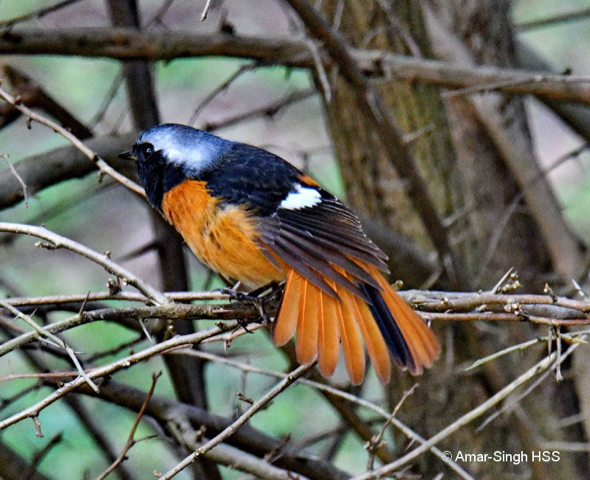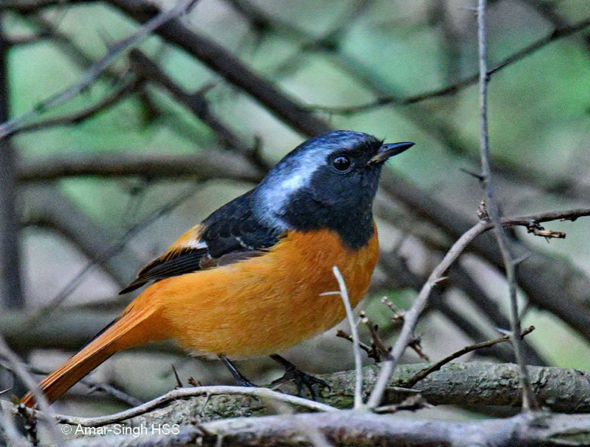“My wife and I recently returned to visit Taiwan to enjoy birds/nature, as well as grow our friendship with Richard Foster, who shared his experience of birds in Taiwan. We were able to visit a number of different habitats and saw a wide range of birds. As resources, besides Richard’s vast knowledge, I am using:
1. Mu-Chi Hsiao, Cheng-Lin Li. 2017. A Field Guide to the Birds of Taiwan. Wild Bird Society of Taipei.
2. Mark Brazil. 2009. Birds of East Asia: China, Taiwan, Korea, Japan, and Russia. Princeton Field Guides.
3. Avifauna of Taiwan, 2nd edition (available at: LINK, written in Chinese but with Google Translate able to read relevant sections).
4. Handbook of the World 2019 (online version).
5. Tzung-Su Ding, Ching-Sung Juan, Ruey-Shing Lin, Chih-Yuan, Pan, Yi-Jung Tsai, John Wu, And Yu-Hsiang Yang. The 2017 CWBF Checklist of the Birds of Taiwan. Bird Record Committee, Chinese Wild Bird Federation.
“I’d like to start sharing some of these experiences with a migratory bird to Taiwan that I very much wanted to see, especially the male, for its beauty. For this bird I am also using ‘Peter Clement and Chris Rose. 2015. Robins and Chats. Helm Identification Guides’.

“Daurian Redstarts (Phoenicurus auroreus auroreus) are an uncommon migrant (Hsiao 2017, Ding 2017, uncommon here means 30-70% chance of seeing at suitable locations) to the island. It tends to winter in parks or open woodland (Hsiao 2017) (above, below).

“We saw 2 males and 4 females at two sites, mostly at this open park but also at another open woodland area. Often founds, as described by Clement 2015, on low bushes or roofs of building; coming to the ground to feed. There are two subspecies and the one that predominately winters in Taiwan is the P. a. auroreus. The P. a. leucopterus tends to winter further west and is said to have darker, more vivid plumage in both males and females (HBW 219).

“Comparing the image above and that below, you can see that, although the tail looks black with some fringes of orange, when open it is only the central two tail feathers (rectrices) that are black (with a hint of brown) with 5 orange feathers on either side. Comparing the same two images, you can also see that the prominent white wing patch opens up to occupy the entire secondary coverts (Clement 2015 says ‘bases to inner secondaries and edges to tertials white’). The bird is said to be reasonably confiding and we could approach closely but it does get a little anxious and this is shown by the nervous habit of shaking the tail frequently and opening the wings.”

Dato’ Dr Amar-Singh HSS
Ipoh, Perak, Malaysia
18th January 2019
Location: Jinshan Youth Activity Center, Jinshan District, New Taipei City County, Taiwan
Habitat: Park in a youth activity centre








